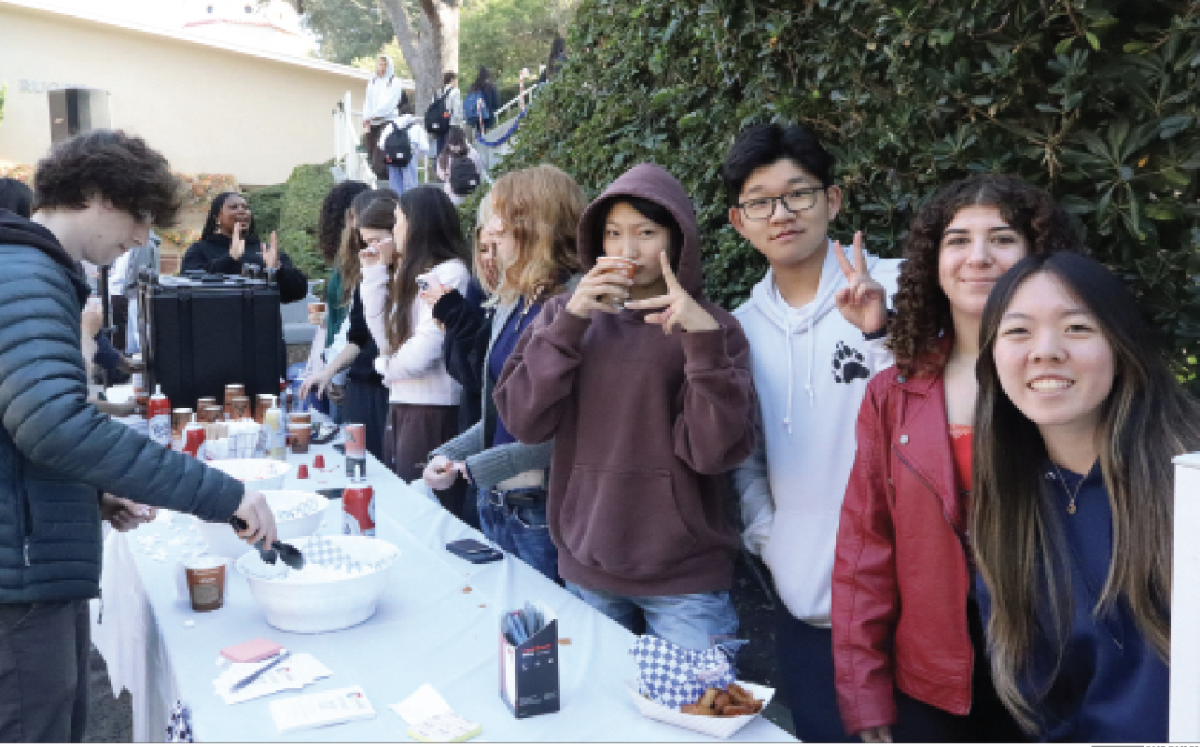By Lara Sokoloff
After reducing Harvard-Westlake’s energy usage by 13 percent during last year’s Green Cup Challenge, the school will enter the competition once again in hopes of reducing the amount of energy consumed on campus, President of the Environmental Club Jessica Barzilay ’12 said.
The contest challenges each member of the Green Schools’ Alliance to reduce seven percent of each school’s energy consumption throughout the month of February.
Last year, Harvard-Westlake placed fifth in California through the implementation of “Lights Out HW,” Barzilay said.
The campaign consisted of two main components: turning off lights in rooms that get enough natural light and manually shutting down computers as opposed to relying on the automatic shut-off time.
This year, the Environmental Club has also entered a video into the Green Cup Challenge as a new component of the “Lights Out HW” campaign.
The video was filmed by club member Kevin Adler ’13 as a part of his Video Art I class and is competing in a contest with other student films across the nation.
All videos are posted on YouTube, and students are now able to vote for their favorite video through Feb. 20.
In order to calculate our percent energy usage reduction, Environmental Club supervisor Martha Wheelock, Adler, Barzilay and club member Demren Sinik ’13 read the electrical meters every Friday and compute our weekly electrical use.
This number is then compared to a baseline average based on the last three years, which Barzilay calculated by using the school’s utility bills, she said.
There is no true prize or winner of the competition, Barzilay said. Schools are instead ranked within regions based on percent of energy usage reduction. There are, however, underlying financial benefits to participating in the competition, Barzilay said.
“Every school wins financially since reducing energy use lowers utility costs, saving hundreds of dollars,” she said.
Participating schools also receive an Arbor Day Foundation Plaque to honor their contribution to carbon dioxide reduction.
The club hosted an environmental project to inform students of the climate crisis and distribute glow in the dark stickers on Jan. 31 during break to launch the Green Cup Challenge, Barzilay said.
The support from students and teachers for the Green Cup Challenge has increased immensely over the past year, providing feedback and new ideas to the club, Barzilay said.
“It’s been really encouraging to hear suggestions and enthusiasm from the community,” Barzilay said.
The school reduced its energy usage by 14 percent during the first week of the competition, and by 12.8 percent the second week.




























